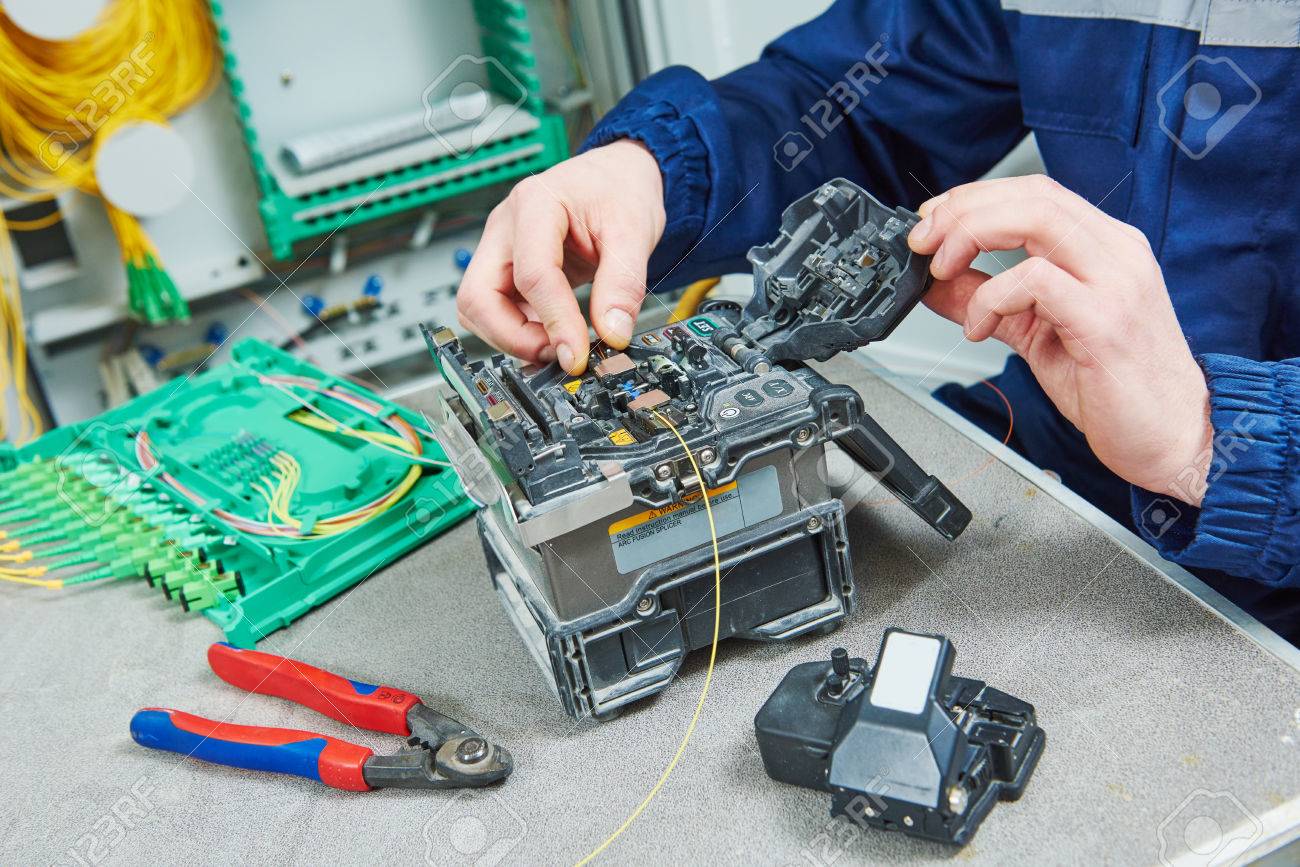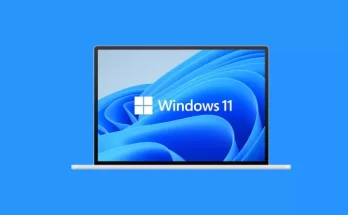Data transmission technology has redefined itself. It has come a long way from the time when copper cable was the sole choice. The current choice is fiber optic cable which allows rapid data transmission over a network.
The Way Fiber Cable Networks Work
Fiber optic cables run on the principle of light signals. 250 micron glass fibers can do wonder. It allows passing of light (made of photons) to pass through the cable and travel at a revolutionary speed of 125000 miles per hour (mps). In few milliseconds, data gets transmitted across countries.
Proper working of a fiber cable network begins with proper installation. Fiber optic cable splicing is an important part of the installation process.
What is Cable Splicing?
Fiber optic cable splicing refers to the joining of two optic fiber cables. Splicing is an art to join two individual lengths of fiber cables. Care is taken to protect the joining point from weather extremities, from humidity and from insects and rodents. High amount of skill is required. Expert joining technicians are put into action.
The Popular Methods of Fusing Fiber Optic Cables
Improperly fused fiber optic cables is not good. It brings network disruptions. While expanding a network or deploying a new one cable technicians employ their skill and expertise.
Cable splicing is required in the following instances like:
- Rejoining of two cables when there is an accidental breakage.
- Joining of two cables to suit the need of the required run of the cable network.
There are couple of methods to fuse or splice fiber optic cables:
- Mechanical Splicing – In this process of splicing, two or more fiber optic cables are aligned and held by connectors.
- Fusion Splicing – In this process two or more fiber optic cables are permanently fused together with the help of an electric arc.
Pros and Cons of Two Methods of Cable Splicing
Mechanical splicing is not a permanent solution for cable network deployment or restoration. It is the quicker method as compared to fusion splicing. But there is a major disadvantage. This process maximizes insertion loss. Mechanical splicing is ideal for temporary restoration work of a network.
Fusion splicing is ideal for permanent splices. It has quite few advantages over its mechanical counterpart like:
- Low insertion loss
- Lesser reflectance
- Stronger fiber joints
Fusion splicing requires greater amount of precision. Otherwise there might be network signal glitches.
The delicate process of fusion splice involves five different steps:
- Fiber stripping – The process of fusion starts with the removal of the protective polymer coating surrounding the optical fiber. A mechanical stripping device is used for stripping the outer coating. The tool should be cleaned before the act.
- Fiber Cleaning – The bare fiber (after removing the coating) needs to be cleaned by using 99.9% isopropyl alcohol solution. The fiber should be wiped clean with lint-free wipes in order to keep the glass contamination-free.
- Fiber Cleaving – A cleaver is used to pull or flex a fiber and make a clean cut. This is an important step because technicians require flat end face of the fiber.
- Fiber Fusing – Fusion splicer is used to fuse the fiber optic cables after cleaving. The fibers should be aligned and then subjected to the heat of the electric arc. This helps in welding of the optic cables.
- Fiber Protection – The protective coating should be reapplied to maintain its structural integrity by using a splice protector.
Final Word
It is important to test whether the fused fiber optic cable is working properly. Optical Time Domain Reflectometer (OTDR) is used to measure:
- Splice loss
- Faults in splices fiber cables
Good splicing is important to prevent bad network quality and outage.




